I wanted the best stainless steel cookware: This is what I bought.
Ready to buy a set of stainless steel cookware, huh? With so many brands on the market and some that are extremely expensive, see what brand I chose for my kitchen for performance, value, and wellness reasons and why you should too.
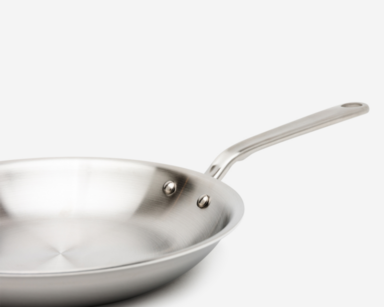
Most home cooks have no idea what it’s like to cook on good tools. You pick something up at Wal-Mart or just keep using the same 20 year old skillet with its wobbly handle and don’t know any better.
But there’s a whole world of cookware out there that I believe can help you be a better cook. Sure, it will feel like an investment when your life has been filled with $15 discount stuff, but trust the process.
You won’t regret investing in stainless steel cookware if you get the right kind.
Want to skip right to it? Shop my favorite stainless cookware here.
Table of contents
Is stainless steel cookware safe?
Stainless steel cookware can be a safer alternative to cookware coated in non-stick coatings because stainless is just metal (or a blend of them) that don’t release additional chemical compounds when heated.
What makes non stick cookware potentially dangerous?
In the past, a chemical group called PFOA’s were to blame in lots of non stick cookware, but due to environmental concerns and lawsuits, most newer non stick makers are phasing it out.
Now you just need to get that special layer of chemicals too hot to make these coatings release toxic fumes that can lead to cancer, thyroid disease and breathing problems.
When could a non stick pan release toxins ? 500 degrees or above, and it’s easy to do.
Good Housekeeping did a great test of thin (AKA cheap) non stick pans, medium, and heavy weight skillets and you will be SHOCKED at how fast they can soar above 500 degrees and begin sending off toxins.
A light weight non stick pan heated on high for 1 minute and 45 seconds was enough hot enough to release toxins.
–Good Housekeeping
A steak cooked on high for 10 minutes reached 656 degrees–at 660 degrees the cookware can begin leaching a blend of chemicals strong enough to cause polymer-fume fever. It won’t kill you, but you’ll feel bad for a while.
Why take the risk?

What’s in stainless steel cookware?
Stainless steel cookware is usually not solid stainless (stainless alone isn’t good at conducting heat). It’s layered over other metals like nickel, aluminum or chromium for heat conduction–but it’s all metals and nothing else.
If you were to very deeply scratch your pots and pans, some of the nickel or chromium could be exposed, but that risk is low. And I’d take that risk any day over what’s in non stick coatings.
How to choose the best stainless steel cookware
- Buy a “ply”. Cookware with a “ply” means it has layers of different metals bonded together running throughout the pan’s sides and bottom–not just in the core–for even heating. (affiliate link) My favorite brand is 5-ply.
- Choose a solid core like aluminum–The core of your cookware is responsible for even heat conduction and adds to the weight and structural integrity of your tools. (affiliate link) I chose aluminum core cookware that is sandwiched between layers of stainless and love it.
- Feel the weight–As a general rule, the heavier your tools are the more likely they were well made. Your stainless steel pots and pans should have a heavier bottom (thanks to the core) but should feel solid all around.
What are the pros and cons of stainless steel cookware?
Pros
- Even heating
- Oven safe
- Resists scratches/dents and holds up to hard use
- Nothing to flake off of the pan’s surface that might be ingested
- Sears and browns meat and fish well
- Goes from stove top to oven
- Easy clean up
- Won’t react to acidic foods like tomatoes
- Toxin-free metal construction
- My favorite brand is made in the USA and Italy
- Induction cook top and dishwasher safe
Cons
- Can be heavy for weak arms or hands
- Delicate foods like eggs or crepes may stick
- Learning curve when starting out can be frustrating
- Can be expensive
What’s the best brand?
There are some great brands out there and I chose (affiliate link) Made In Cookware without hesitation for a few reasons:

- Quality of the materials used–Made In features 5-ply technology, a solid aluminum core, and handles that stay cool to the touch. These pots and pans are truly premium quality.
- Great reviews--These pots and pans are being used by professional chefs and in restaurants all over the country. If it’s good enough for them, it’s good enough for me.
- USA Made–I’m doing my best to shop small and local these days and I love that these tools are made here in the US.
- Cost--Made In cuts the middle man so you’re getting great tools for about half of some other brands of the same quality.
- Appearance--pull these out and your guests will be impressed. They are every bit as beautiful as they are functional.
See more reviews about Made In
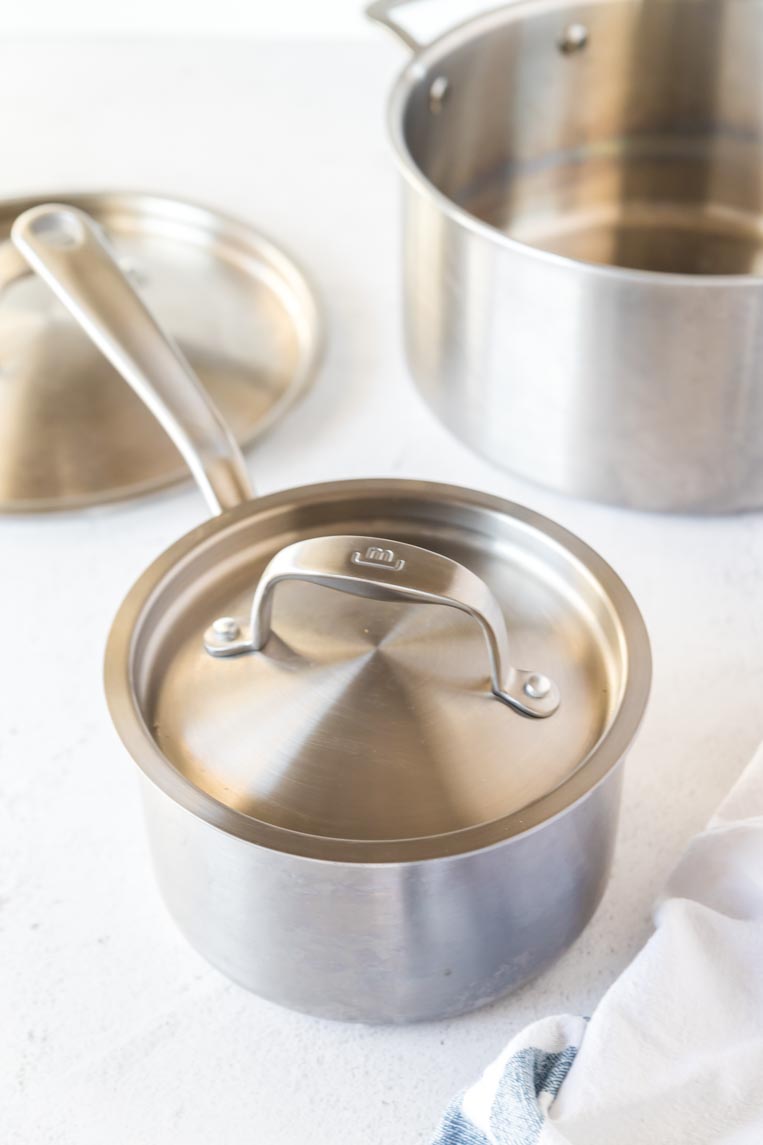
Pieces You Need
These are just a few basic pieces everyone should have. Obviously the type of food you cook and how many people you cook for will need to be considered.
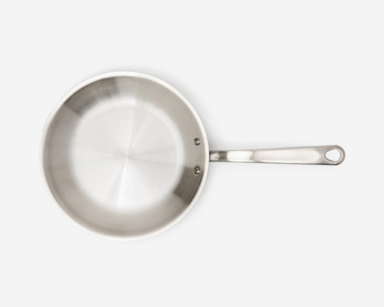
A great general purpose size. Choose the 8″ for small tasks or the 12″ if you’re cooking for a family of 4 or more.

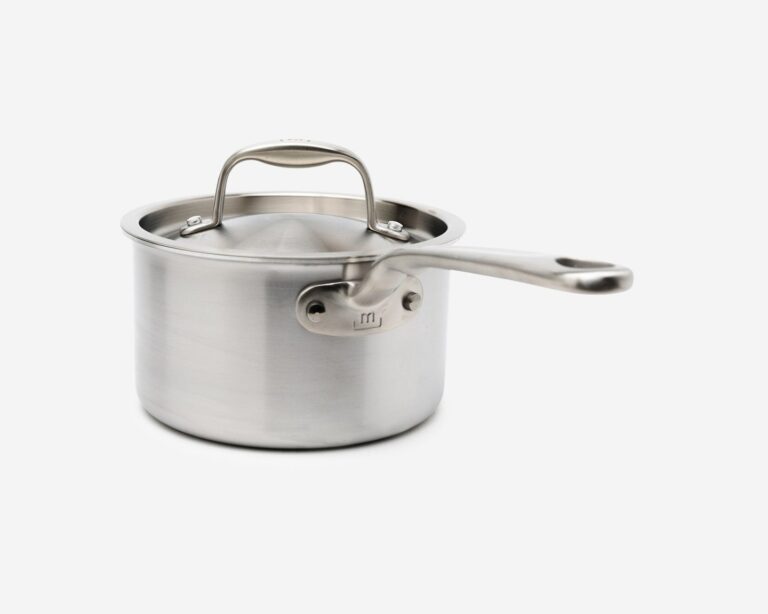
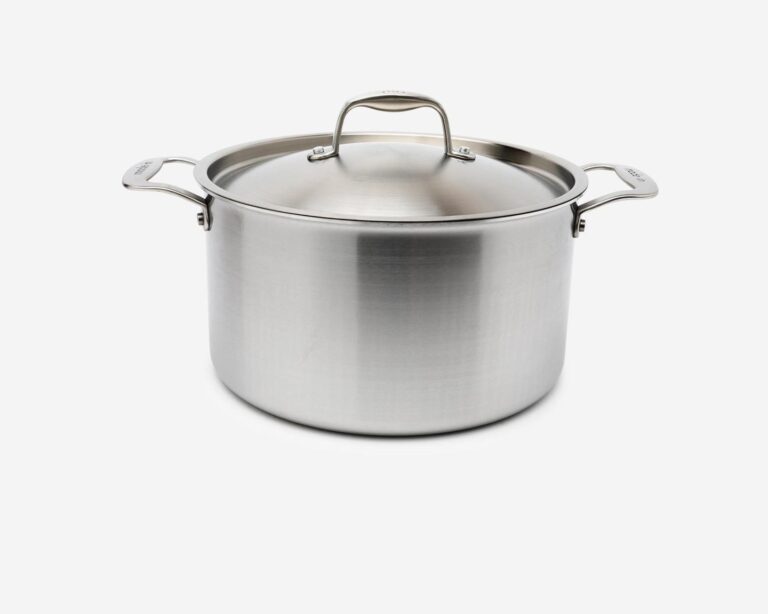
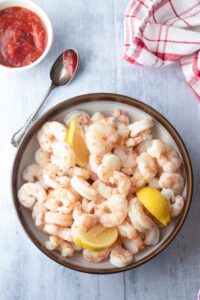


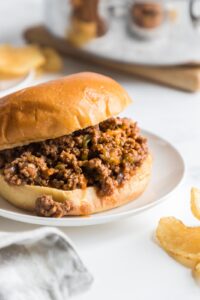
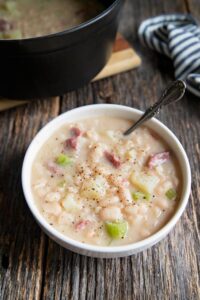
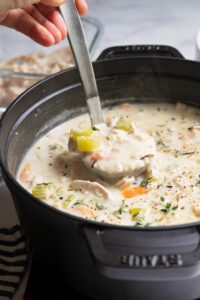
About the Author
Rachel Ballard, RN, BSN brings more than 20 years of professional nursing expertise to Feast and Farm. With a love for nutrient dense foods that support wellness, she works to distill complex health information and current trends into recipes that fuel the best version of yourself. Read more about Rachel here.